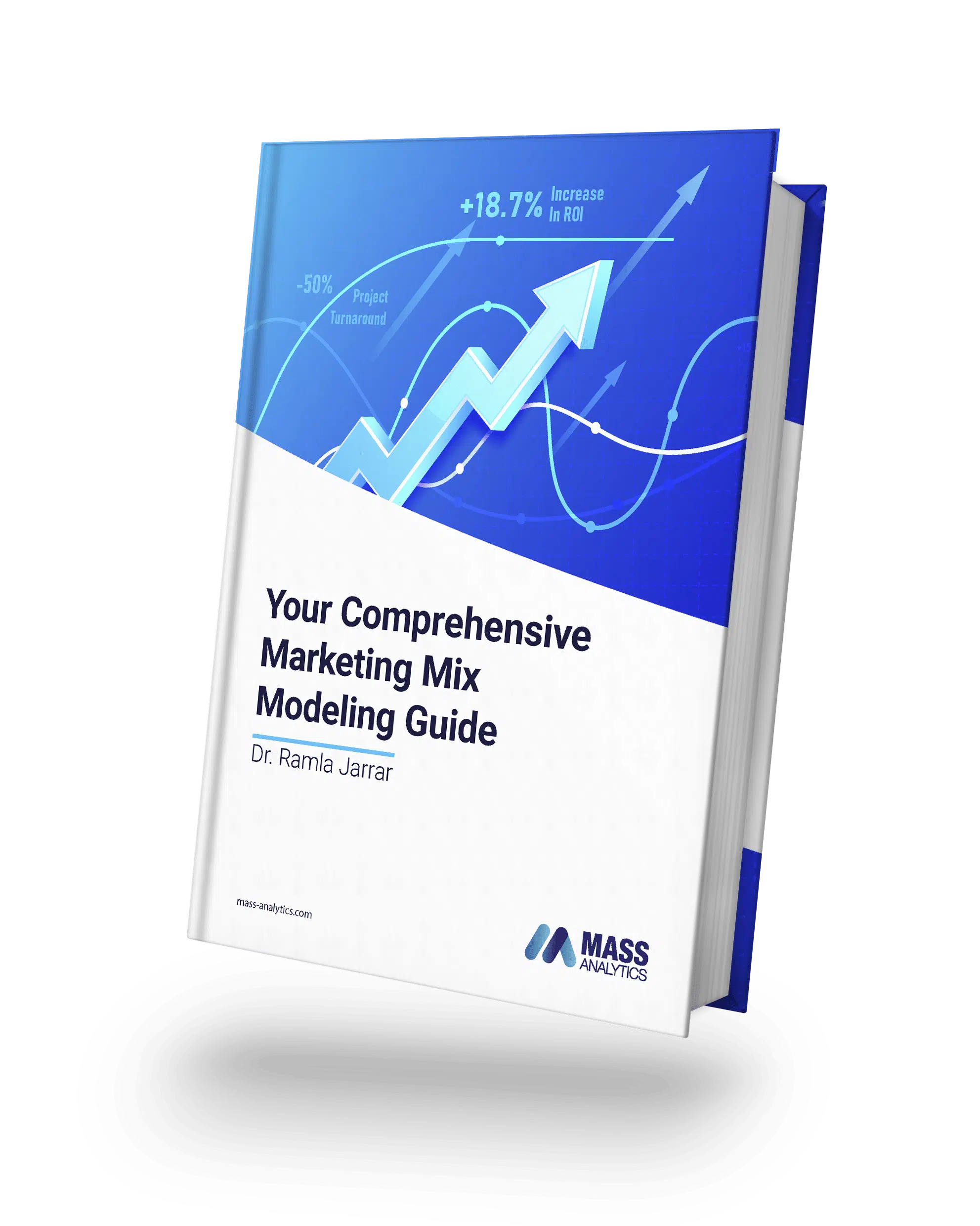How Far Can You Scale With Your Marketing Mix Modeling
One advantage of Marketing Mix Modeling is just how scalable it is for businesses.
A company can start with an aggregated model for budget allocation, and over time broaden the scope. As the organization ramps up its data processes, they can support a sophisticated model setup that is useful even for tactical decisions.
The main driver of MMM scale is the business questions being tackled. Everything flows from there, such as:
- Number of models: how many KPIs, products, and markets to model?
- Modeling techniques used: if you’d like to see which channels work best together, you’ll need to use a multiplicative model for that.
- Size and quality of the data: is the data appropriately stored for all modeled channels ? Is it in the right format? Does it need additional cleaning?
- Number of channels: the more channels the more complicated the model.
In this article, we break down the 3 levels of MMM scale. From relatively straightforward regression models all the way to the monster MMMs big brands need.
Starter MMM: Basic Marketing Mix Model
A starter MMM is a relatively straightforward linear regression model that estimates the impact of different marketing channels on a single outcome variable, sales being the most common.
This can be useful for small businesses or marketers at larger brands who want to get a high-level overview of their marketing performance and ROI to identify the most effective channels and optimize the overall budget allocation.
However, a basic MMM has some limitations. It tends to be too aggregated to be useful for tactical decisions. It also assumes that all marketing channels have an additive effect on the outcome variable, which may not be realistic in some cases.
For example, some channels may have a synergistic or antagonistic effect on each other, meaning that they amplify or diminish the impact of other channels when they are run simultaneously.
To build a starter MMM, you will need to collect and organize data on your marketing spend and outcome variable for a certain period of time, preferably two years.
You will also need to use a statistical package, such as Excel, R, or Python, to process and transform the data (adding adstocks, diminishing returns…), run a linear regression analysis, and interpret the results.
Intermediate Marketing Mix Model: Enhancing Your First Build
This is where things get interesting. To improve the accuracy and usefulness of your marketing mix model, you may want to explore some more advanced modeling techniques. Some of these include:
- Multiplicative models allow you to capture the synergies between different marketing channels. For example, you can measure how TV advertising boosts the effectiveness of online campaigns, or how social media influences word-of-mouth referrals.
- Regional models help you understand the impact of your marketing efforts in the different regions the company operates in.
- Nested models to add relationships between multiple linked KPIs and independent drivers. For instance, adding Brand Health as a KPI to see how brand perceptions influence your Subscriptions KPI.
The advantage of using these advanced techniques is that they can provide a more realistic and comprehensive picture of your marketing performance. They can also help you optimize your marketing mix more effectively. The disadvantage is that they require more data, more computational power, and more expertise to implement and interpret. You will also need to use specialized Marketing Mix Modeling software packages that can handle complex modeling tasks.
At this stage, you’ll likely only leverage one of them to not make things too complicated. You would also be interested in improving your data collection to improve the overall accuracy and enable you to leverage the techniques mentioned above.
Advanced Marketing Mix Model: Leveraging Maximum Potential
This is where MMM’s impact on the business shines. With robust and granular data collection, a marketing effectiveness team supporting the MMM effort, and specialized Marketing Mix Modeling software you can have a comprehensive view of marketing performance across all dimensions.
It can help optimize the marketing budget allocation and strategy at a very granular level, such as by product, channel, and region. It can also support tactical decision-making with insights at the touchpoint level. The challenge with an advanced Marketing Mix Model setup is that it is data and resource intensive. This requires a lot of data preparation and constant validation.
In addition, the company will probably need an analytics team that can collaborate effectively across functions, different data owners, and organizational stakeholders to make sure MMM drives decision-making.
Because of that, this setup is likely only suitable for large companies that have multiple products, operate in many markets, and use a sophisticated omnichannel marketing mix.
Large advertisers have been able to use this to achieve enormous cost savings and achieve their sales and marketing targets with reasonable certainty.
Advanced Marketing Mix Model involves:
- Modeling multiple products and markets, using nested equations to account for the interactions between different channels across the customer journey.
- Using regression with pooled data to capture the geographic variations in marketing effectiveness. The optimization process can also be performed on multiple products or business units simultaneously.
In such a setup, you will likely have dozens of models, regularly updated with new data and calibrated with Experiments and business insights. You may also leverage novel data science approaches (besides the ones we previously mentioned) to account for the peculiarities of the company.
Some of the tools you’ll likely need for an advanced Marketing Mix Modeling implementation are:
- A data warehouse that can store and process large volumes of marketing data from multiple sources
- A data preparation tool that can automate the data extraction, transformation, and loading (ETL) processes
- A data visualization tool that can create interactive dashboards and reports to present the results
- A statistical software package that can support log-linear regression, nested modeling, and other advanced MMM methods and processors
Conclusion
If you’re not sure what your organization needs, we recommend you start small with a simple model. Understand the capabilities and use cases, then gradually ramp up once the necessary processes are established. But if your company has the data and readiness for Marketing Mix Modeling, you can build an advanced setup right away.







